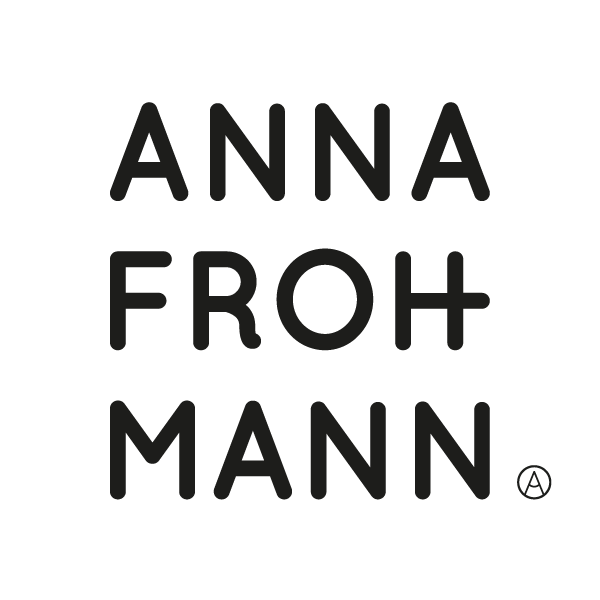All about Rights of Use
Rights of use or usage rights are part of every illustration project. They determine how, for how long and where the commissioned illustrations and designs may be used. Without the illustrator granting you the suitable rights of use, the illustration cannot be used by you.
DETERMINation of USAGE FACTORs
The suitable rights of use for an illustration or design result from a variety of usage factors. The sum of these factors multiplied by the respective individual work fee results in the usage fee. It is an inseparable part of the total price and therefore not optional.
On your individual offer you will find the work fee (hourly rate x estimated working time) plus the corresponding usage fee (work fee x sum of the usage factors) listed as the total costs of your project.
1. Type of use
Simple or exclusive.
Acquiring simple rights of use means that the illustrations or designs can be reused by the illustrator immediately or after the agreed period of use has expired, depending on the agreement. The rights to use the illustration are not exclusive, so this variant enables a cost-effective usage factor.
Exclusive rights of use give the buyer an exclusive license to use the illustrations. If the exclusive use is not limited in time, the illustrator cannot reuse it. This variant is accordingly more expensive.
At the request of the illustrator, the right to self-promotion is excluded from this flat rate, but can be postponed by one to three months from the date of publication of the project.
2. Purpose of use
Print, online, presentation or TV.
For what purpose is the illustration created and in which media should it be disseminated? - A distinction is made here, for example, between print media, online, presentations or TV. If several print media or combinations of different media are used, the factor increases accordingly.
3. Scope of use
Low, medium or high circulation or target group.
The scope of use results from the size of the circulation or the corresponding target group of the project. A distinction is made here between low, medium or high circulation or target group.
4. Duration of use
Single to one year, three years, 10 years or unlimited.
The duration of use defines the period in which the work can be used. A distinction is made here between one-off or one-year use, use up to 3 years, up to 10 years or unlimited use.
5. Territory of use
Regional, Austria, German-speaking area (AT, GER, CH), Europe or worldwide.
This factor relates to the space of diffusion. regional or Austria-wide, in German-speaking countries (DE, AT, CH), Europe-wide, worldwide. The purpose of online use is usually coupled with the global usage space. In exceptional cases, e.g. when using illustrations on a website that is aimed at a regional target group, a regional factor can be applied.
6. Flat rates
One-time internal presentation; buy-out excluding editing rights.
If the use is limited to one-off internal presentations, a low-cost flat rate is provided, as extended use is not provided.
Total buy-out (TBO) exclusive processing rights. The TBO can be used to acquire all-inclusive, exclusive rights to use the illustration. This is a very expensive option to acquire usage rights. It is always advisable to consider a use tailored to individual needs. Any extensions of the usage rights can also be acquired for a fee at a later point in time.
At the request of the illustrator, the right to self-promotion is excluded from this flat rate, but can be postponed by one to three months from the date of publication of the project.
7. Special factors
Editing rights.
The editing right is a special factor of the rights of use and is only assigned in the rarest of cases. It is the most costly of the usage factors. If the editing right is acquired, the illustration – as the name suggests – can be edited by the buyer or passed on to other contributors for editing.
